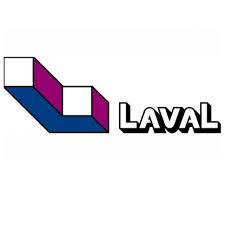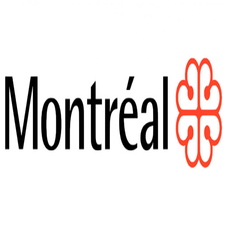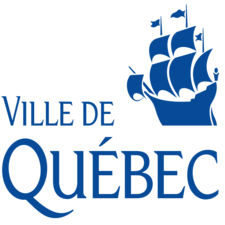Berge
Type of resources
Topics
Keywords
Contact for the resource
Provided by
Formats
Representation types
Update frequencies
status
-

Identification and geolocation of municipal sites and buildings. These places can be of the type: * arena * other municipal building * shoreline * library * community center * train station * stop * park and school park * public square * site with park equipment * subway station **This third party metadata element was translated using an automated translation tool (Amazon Translate).**
-

Linear data representing the interpretation of accessible shores of public property (municipal or governmental) in the agglomeration of Montreal carried out using the land roll. This data is approximate and does not determine the actual shoreline within the meaning of the [Shoreline, Coastal and Floodplain Protection Policy] (https://www.environnement.gouv.qc.ca/eau/rives/index.htm). Accessibility can be by land and/or by water and there may or may not be development. The shores of inland waterways are not included, with the exception of the Lachine and Aqueduct canals. Although it has evolved, thanks to the expansion of shoreline parks, among others, this data was initially produced for the calculation of an indicator of the state of the environment in the first strategic sustainable development plan of the Montreal community.**This third party metadata element was translated using an automated translation tool (Amazon Translate).**
-

The Waterfront Route is made up of ancient roads along the St. Lawrence, Lake Saint-Louis, Lac des Deux Montagnes, Rivière des Prairies, the Lachine Canal and the Aqueduct Canal. 180 kilometers long, it is punctuated by more than 1000 heritage elements that evoke the major pages of Montreal's history. Heritage buildings and complexes, maritime infrastructures, nautical equipment, parks and shoreline walks, views of bodies of water, coastal landscapes, natural environments and archaeological sites follow one another. Each of the heritage elements is associated with a historical theme: * The Montreal archipelago and the Native American presence * Rivers to trade and settle * Agricultural villages * Water, a resource to be exploited and controlled * Workers' villages * The shores, spaces for well-being and leisure * The parks on the banks * Water, an obstacle to be crossed by bridges and crossings * Transit villages * Other notable items not related to historical themes An [interactive map] (https://montreal.ca/articles/le-parcours-riverain-22677) is available to explore waterfront routes on Montreal Island.**This third party metadata element was translated using an automated translation tool (Amazon Translate).**
-

A regulated flood zone is an area of land likely to be flooded and delimited by mapping or, along the St. Lawrence River, by flood ratings. On the territory of Quebec City, the only regulated and mapped flood zones are appended to the revised Land Use and Development Plan (SAD). These areas, which are added to the river's flood zone delimited by flood ratings, are subject to the special standards of the transitional regime for the management of flood zones, banks and coastlines since 1 March 2022. ATTENTION: The route indicating the boundaries of flood zones is for illustrative purposes only. Legal delimitation work must be validated in the field by a land surveyor for each property concerned. Quebec City declines all responsibility for the interpretation of available data. **This third party metadata element was translated using an automated translation tool (Amazon Translate).**
 Arctic SDI catalogue
Arctic SDI catalogue